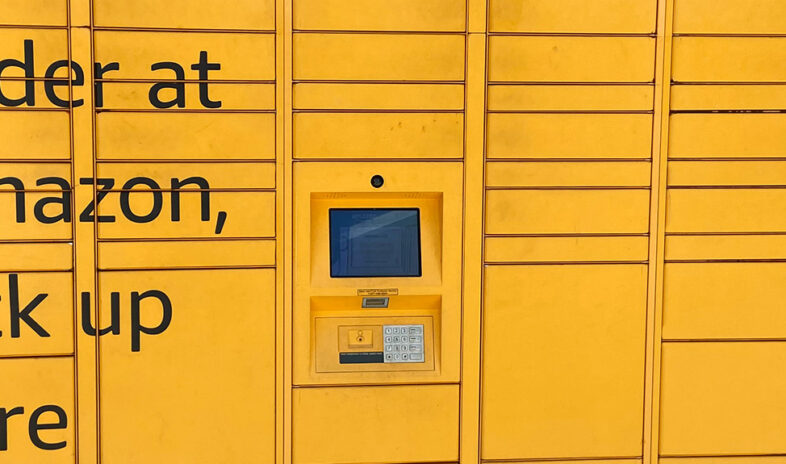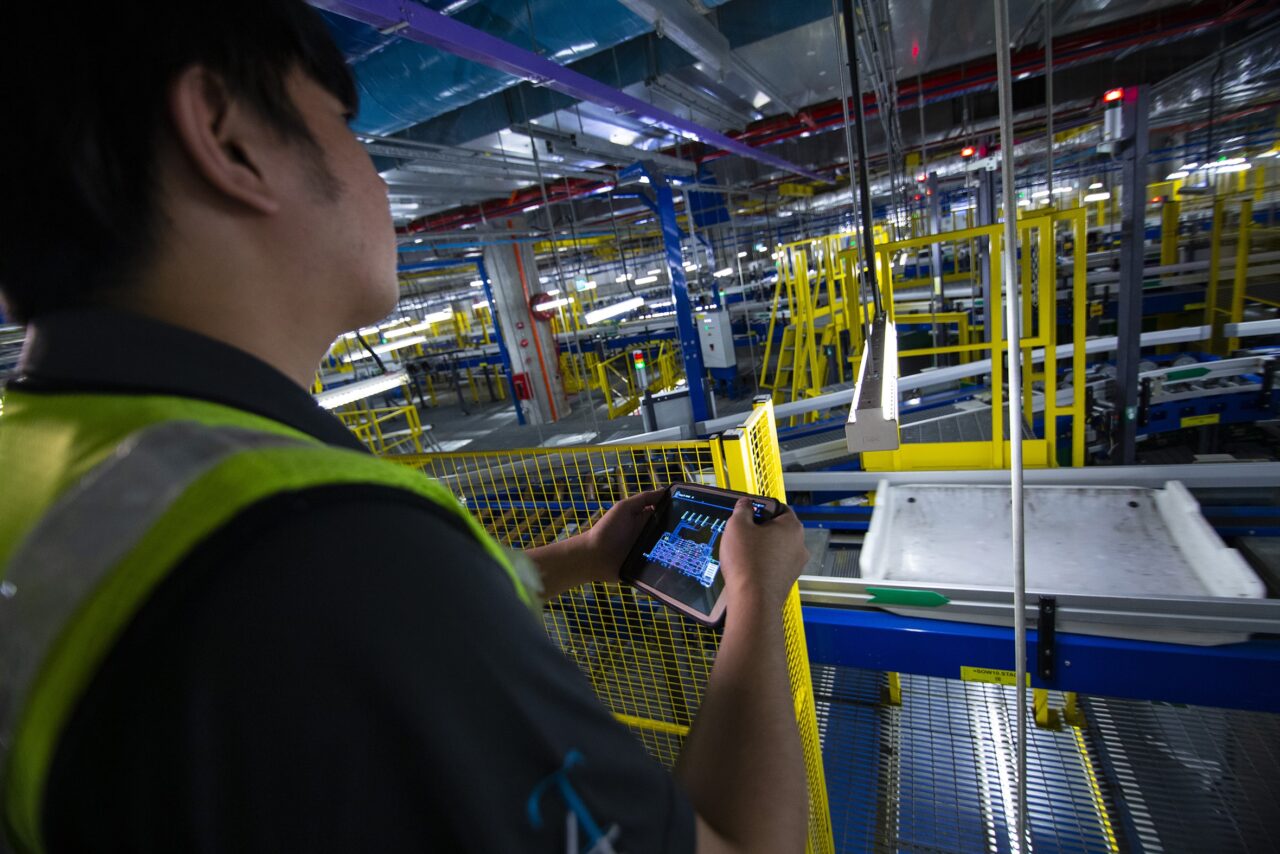What are the benefits of digitalisation?
Digitalising your BHS could be compared to recruiting a clairvoyant to your team. The intelligent system will detect things humans cannot, placing the BHS operator in command of the system’s destiny.
Furthermore, it will maximise the value of the vast amounts of data passing through the BHS.
Enriched at a data warehouse with the help of the latest cloud technology, the BHS operator can harvest it for innovation and important business decisions.
Data can be sourced in many ways:
- Existing data – collected and analysed so the system can make informed decisions automatically
- Intelligent totes (in ICS technology) – accelerometers, tag readers and photocells can detect abnormalities such as misalignments, micro stops and system speed changes
- Sensors and camera tech – data is collected and forwarded to the Cloud using the BHS supplier’s software infrastructure.
- Exploration of log files – searching for patterns with the help of machine learning algorithms will improve system’s ability to learn why something failed, or spot something out of the ordinary.
Undoubted impact on performance
The use of BHS data is one of the most promising digitalisation efforts an airport can make.
Airports not fully exploring the possibilities of data are denying themselves countless opportunities: particularly in regard to increasing the efficiency and reducing the cost of their BHS.
The data offers such transparency that the operator can assess how every component is performing. When combined with experience, it can recognise patterns the human eye cannot detect.
Learning algorithms in the system can start to detect and predict what is likely to happen and prescribe what action to take to eliminate future problems.
If the BHS is fully digitalised, the system starts telling the operator the exact action to take and the spare parts needed. Directing the focus of maintenance staff in this way can lead to savings in time and resources.
TAKEAWAY
The technology to digitalise BHS could not have come along at a better time, as it reduces the need for staff at a time when airports are struggling to recruit. Not only that, but the use of data ensures that demand never exceeds supply: predictive maintenance takes care of the issue before it becomes a problem. Meanwhile, the data enables airports to make informed decisions to continue innovating whilst reducing costs and risk and increasing capacity and efficiency.





